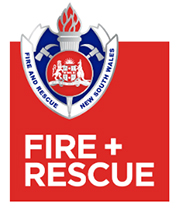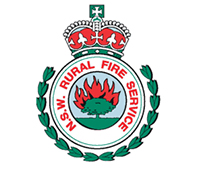Fire Safety
Kitchen Fire Safety
Each year the Fire & Rescue NSW attends approximately 2,500 kitchen fires – or approximately 56% of all residential fires. More than half of all home fires start in the kitchen.
Click image to enlarge
Is my kitchen fire safe?
The fire services recommend this simple safety checklist:
- Keep children away from hotplates and ovens whilst cooking and consider installing a stove guard.
- Heat cooking oil carefully and slowly in the right size saucepan to avoid fat splatters.
- Turn pot and pan handles inwards so they won’t be knocked over.
- Clean your stove grill after each use and clean the range hood filter and all kitchen appliances regularly.
- Install a fire extinguisher and fire blanket in the kitchen and know how to use them. They should be situated at least 1 metre away from the
- stove and between the stove and the nearest exit.
- Install non-slip matting around the stove and sink area. If cooking oil catches fire, turn off the hotplate and slide the lid over the pan or use the fire blanket to smother the fire.
- If a kitchen fire occurs and you don’t feel confident you can put it out, switch off the appliance, leave the premises and call the fire service on
- Triple Zero (000) from a safe place.
- Ensure that all cooking appliances are turned off after use.
- Don’t leave your cooking unattended. If you must leave the kitchen whilst cooking, turn off the hotplate.
- Don’t wear clothes with loose fitting sleeves.
- Don’t keep your tea towels, oven mitts and other flammable items near the stove or cook-top.
- Don’t use water to put out fat and oil fires. Water can cause the fire to spread rapidly and cause horrific burns.
- Don’t carry pans of hot or burning oil through the house as this may spread the fire and cause serious injury.
Printable factsheet
Kitchen fire safety (PDF, 42Kb)
Additional safety tips:
Smoke alarms should be installed in the living area and in the hallway near bedrooms – not in the kitchen. The smoke alarm closest to the kitchen should be a photoelectric type, which is less prone to false alarms caused by cooking.
Microwave oven fire safety
Every year cooking appliances and equipment, including microwave ovens, are involved in causing many house fires. The FRNSW have put together a safety factsheet on how to keep and use your microwave oven to reduce the risk of fire.





